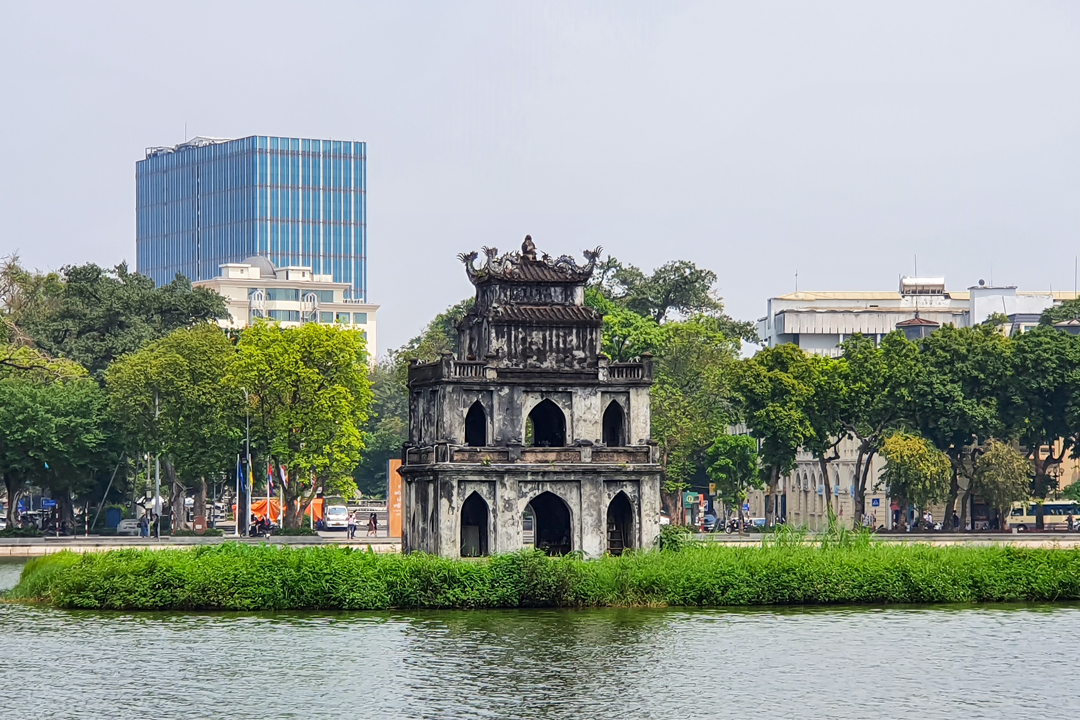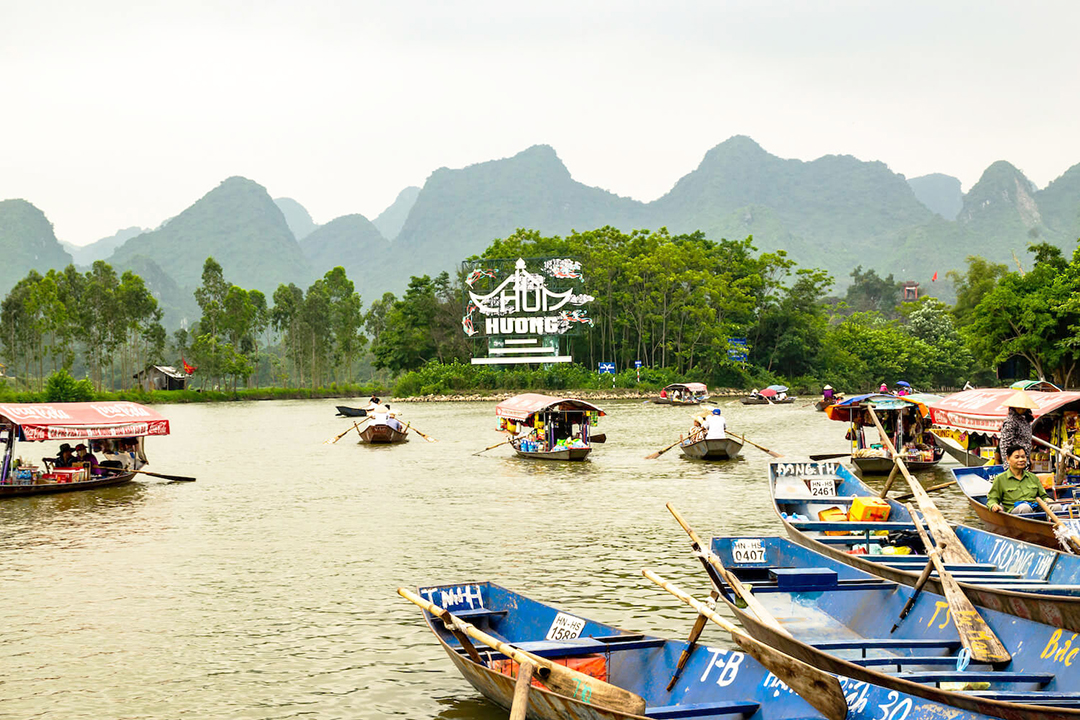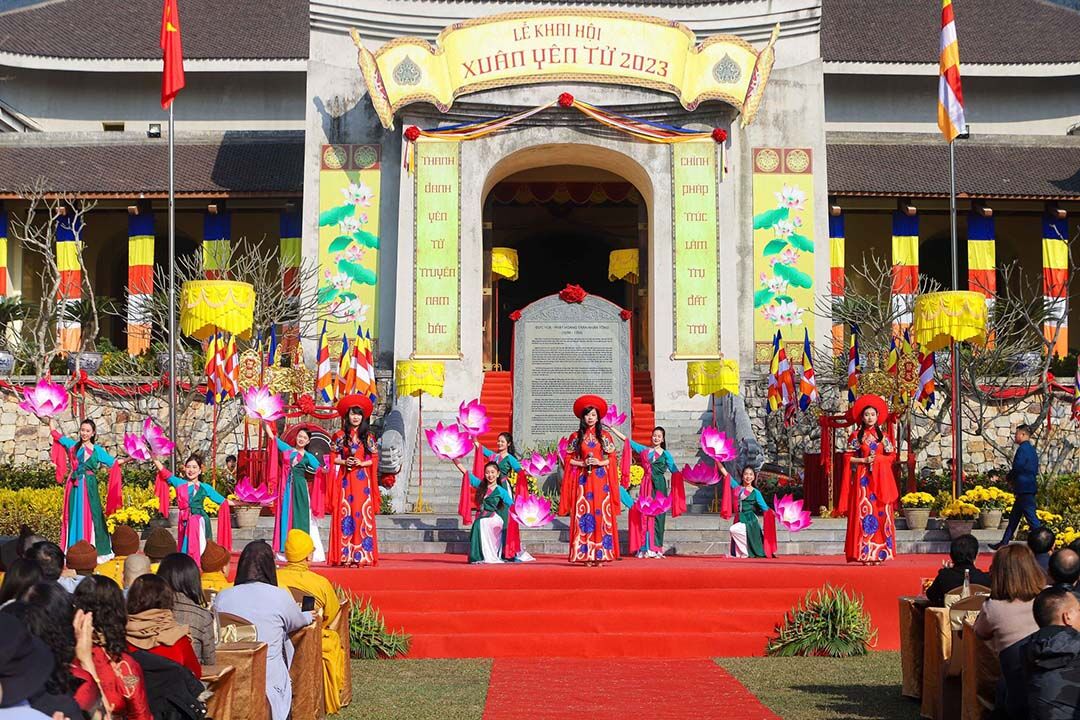Vietnam is a country known for its cultural diversity, a result of its long history and geographical variations. The customs and traditions of Vietnam are a reflection of its rich heritage, and they vary significantly across the three major regions in Vietnam.
Differences in traditional costumes of 3 regions of Vietnam
In the vibrant and eye-catching tableau of traditional costumes worn by the various ethnic groups of Vietnam, the distinctive attire of each region serves as a vivid representation of not only its culture but also the unique character and demeanor of its people.
Northern Vietnam
The traditional attire of women in Northern Vietnam is crafted from narrow strips of fabric, fastened tightly around the waist. Below the waistband, the garment features numerous colorful pleats, creating a vibrant display of hues. Four-panel traditional dress (áo tứ thân) is considered the quintessential traditional costume for Northern Vietnamese women. Adorned with its graceful elegance, “áo tứ thân” is often complemented by the "nón quai thao", a conical hat, and accompanied by the singing of quan họ folk songs. These elements represent the enduring beauty of the region's traditional culture, cherished through generations.
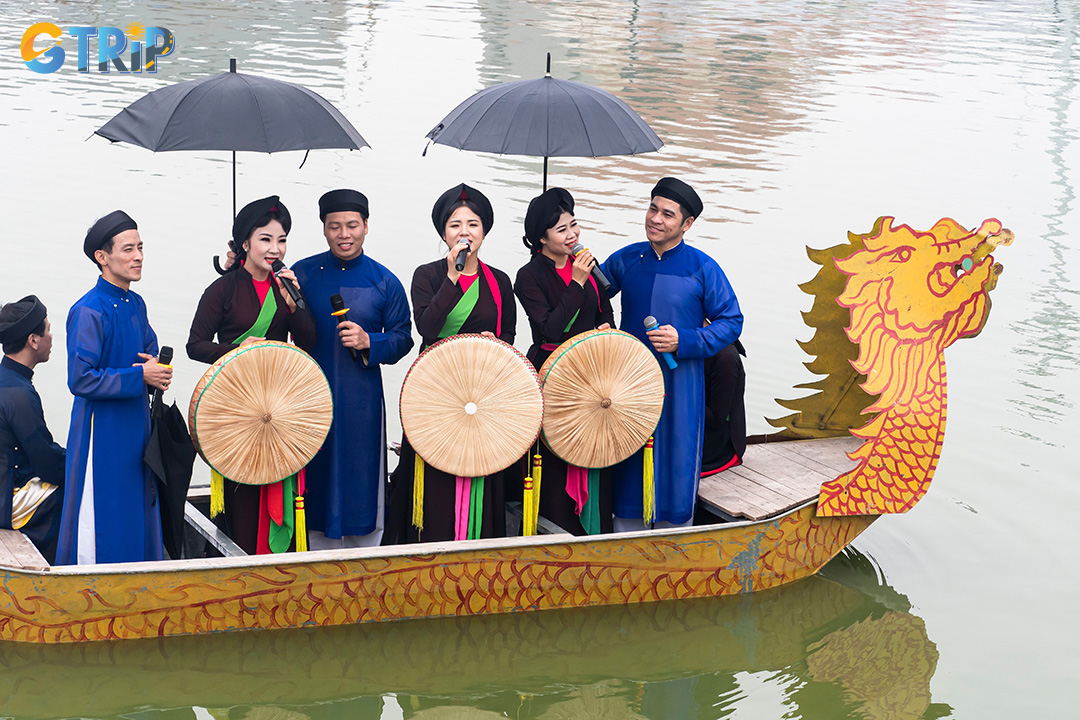
"Áo tứ thân" is an iconic traditional dress of ancient Northern Vietnamese women
Central Vietnam
When one thinks of Vietnam, the delicate and graceful "áo dài" immediately comes to mind. The "áo dài" is not only a traditional costume but also an iconic symbol of Vietnamese women. Its origins are traced back to the ancient feudal era in the Central region of Vietnam, but today, it has found widespread usage and has become a hallmark of Vietnamese culture. The flowing "áo dài" with its enchanting purple hue has become an emblem closely associated with the image of women from Hue, capturing the essence of Central Vietnam's cultural identity.
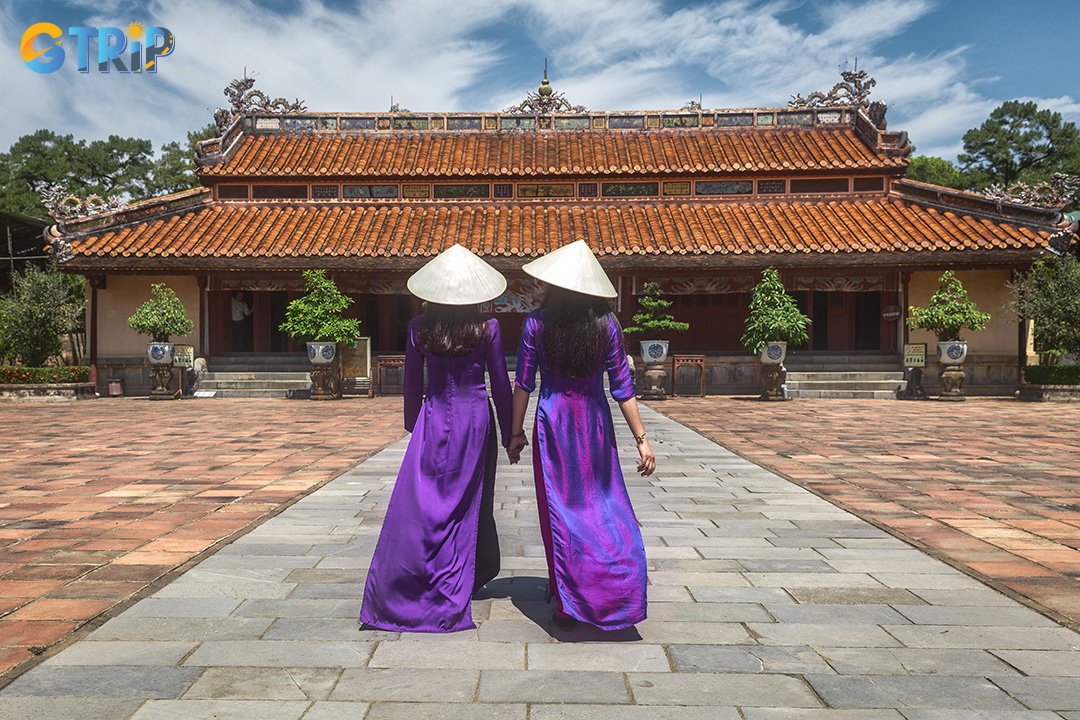
The purple-colored "áo dài" is regarded as a symbol of the women of Hue
Southern Vietnam
In contrast to the grace and elegance of the "áo tứ thân" or the slender "áo dài", "áo bà ba" is intimately associated with the Mekong Delta region of Southern Vietnam. The "áo bà ba" is a comfortable and practical garment, well-suited for the demands of labor in the fields. It is typically characterized by its dark, utilitarian colors, which lend themselves to easy cleaning. In recent times, "áo bà ba" has evolved with vibrant color options, and the subdued hues of the past are giving way to a more stylish, reflecting the changing rhythms of contemporary life while retaining its charm and simplicity.
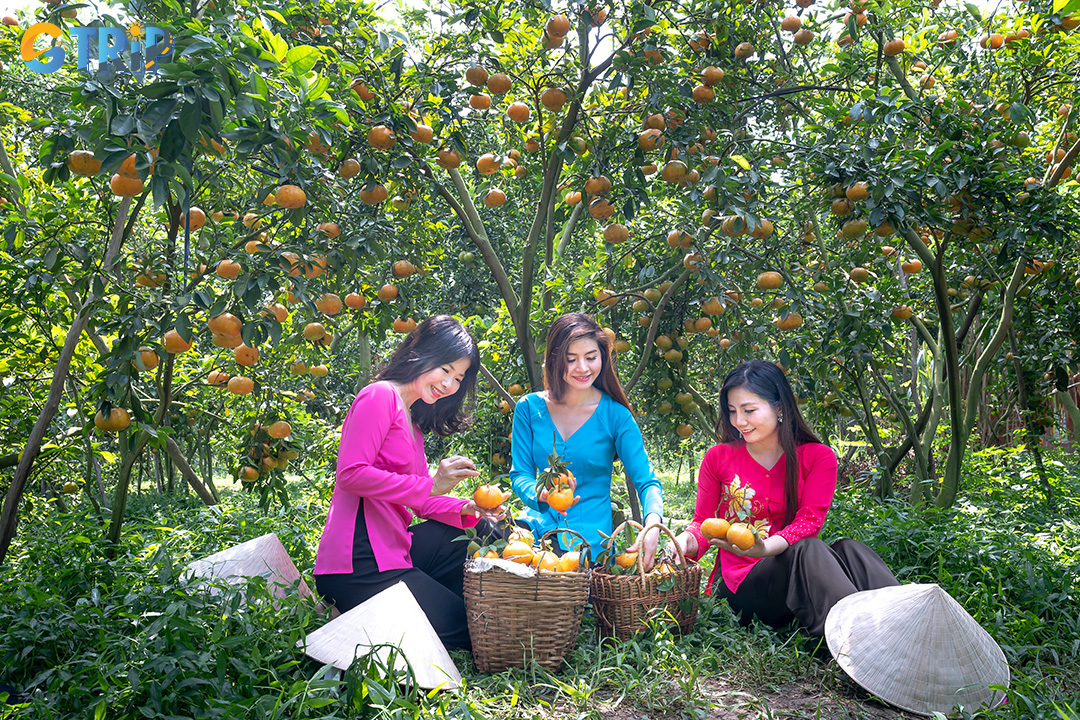
"Áo bà ba" is a traditional attire symbolizing the women of the Mekong Delta
Overview of culinary etiquette of 3 regions
Traveling along the S-shaped strip of land, you will have the opportunity to savor the rich and distinct culinary traditions of each region.
Northern cuisine - Gentle and refined
As the cradle of Vietnamese civilization, Northern cuisine has been meticulously refined through generations, offering a taste that is light and subtly flavored, often with a hint of mild sourness. The dishes in this region exhibit a harmonious interplay of flavors and a diverse approach to presentation, showcasing a culinary artistry that is both elegant and refined.
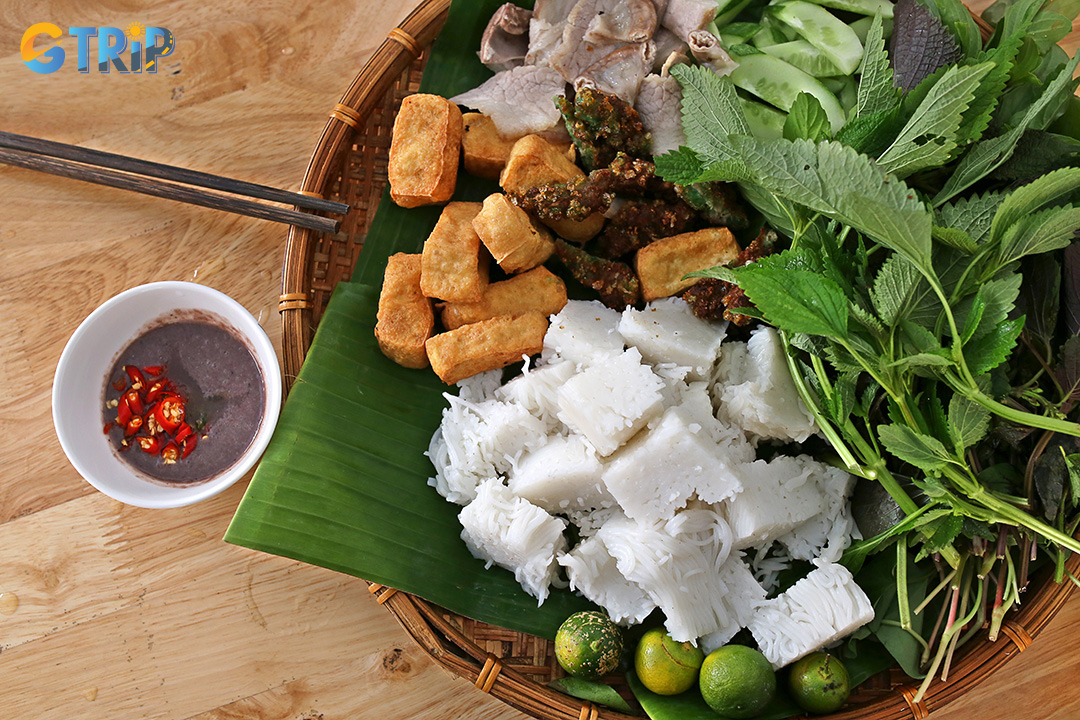
Rice noodles with fried tofu and shrimp paste, a typical Northern dish
Central cuisine - Spicy and homely flavors
People in the Central region have a penchant for spicy food, and most dishes here incorporate this beloved spice. In Central Vietnamese meals, you'll always find a bowl of chili fish sauce or a plate of fresh chili peppers on the side. The challenging climate of this area has influenced the simple eating habits of the local population.
The culinary tradition of Central Vietnam is a fusion of the intense flavors from the North and the sweet, mellow tastes of the South. Rooted in Northern cuisine, the people have adapted and transformed dishes to suit their own regional tastes and ingredients, resulting in a diverse and delectable Central cuisine.

Typical cuisine of central provinces
Southern cuisine - Sweet and rustic delights
In the Southern region, people have a "use what you have" mentality and do not discriminate when it comes to food. They make the most of the resources available in their surroundings to create unique and special dishes.
Southern cuisine is a harmonious blend of Northern and Central Vietnamese cultures, as well as influences from other ethnic groups like the Cham, Khmer, and Chinese communities. Dishes from other regions are often adapted to suit Southern tastes. People in the South have a preference for sweetness, which is why sugar is a common seasoning in most dishes.
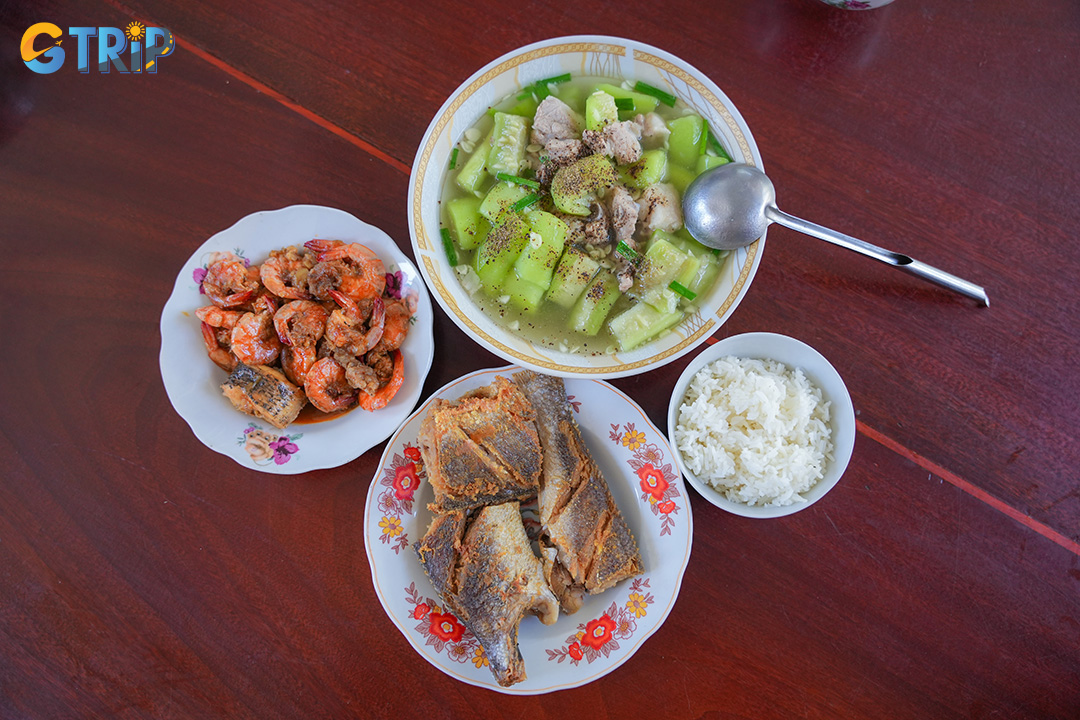
A simple Southern family meal
The customs and traditions of Northern, Central, and Southern Vietnam paint a vivid picture of the nation's rich cultural tapestry. Each region offers a unique glimpse into the history, values, and way of life of the Vietnamese people. Let's book your Vietnam tours and learn more about 3 regions in this S-shape land!

